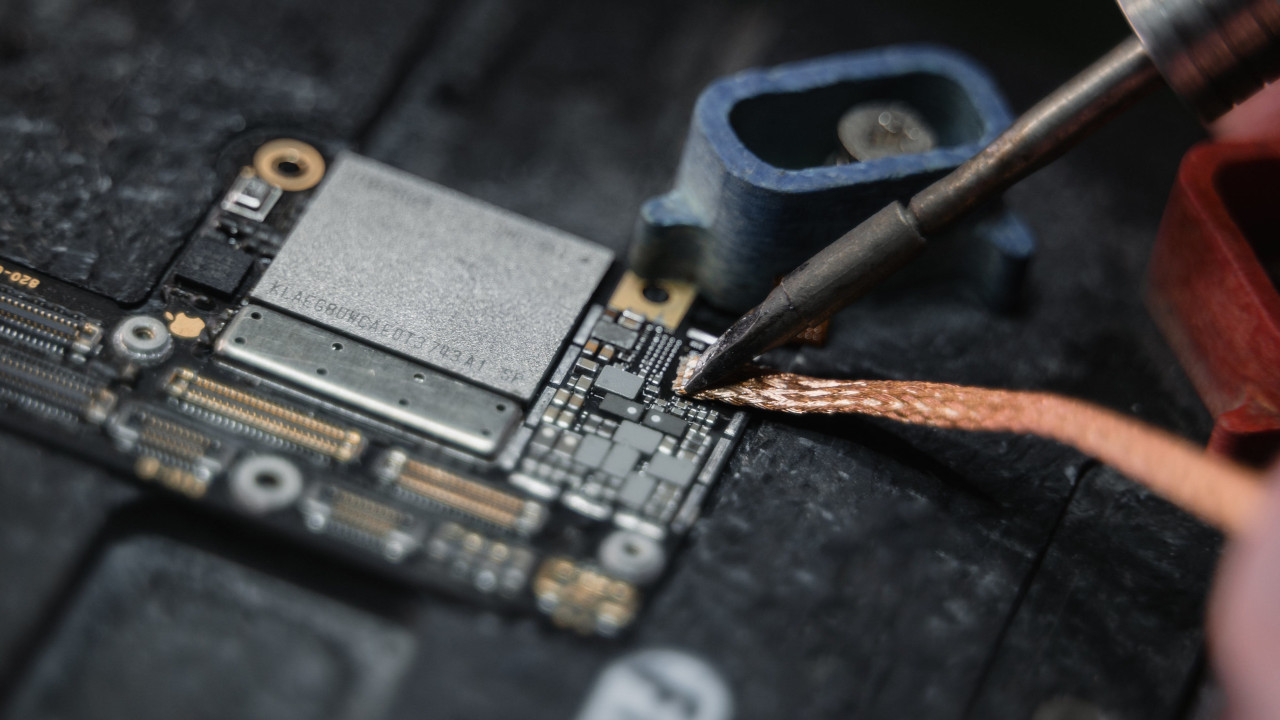- ASIC Design Flow
- Introduction to Verification
- Verification Flow
- Testbench Architecture
- Verification Plan
Dive into a transformative one-year journey designed exclusively for recent graduates, focusing on domains across VLSI. Our intensive program is laser-focused on catapulting you into the workforce with a guaranteed job placement. Immerse yourself in hands-on learning with industry-standard tools, mastering Digital Design, Design Verification, Physical Design, AMS Design and Layouts. Our commitment extends beyond training, guiding you through dynamic projects and providing coveted internships, all culminating in a guaranteed job placement. Elevate your career with us, where every aspect of the program is meticulously crafted to ensure your success in the industry.

